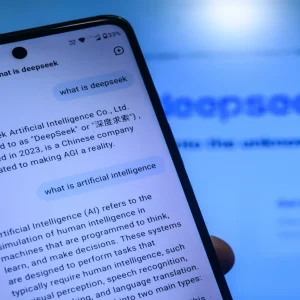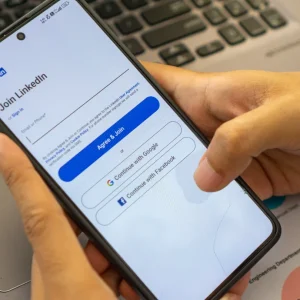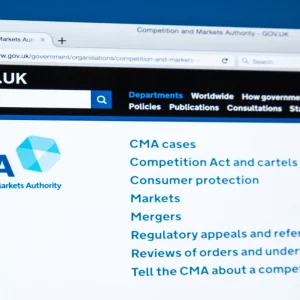Twitter says they worry about how patents can be used to "impede the innovation of others" and because of this have created the Innovator’s Patent Agreement (IPA). The company says it will allow its engineers to have control over patents created to prevent the patents being used offensively against others.
"The IPA is a new way to do patent assignment that keeps control in the hands of engineers and designers," says Twitter. "It is a commitment from Twitter to our employees that patents can only be used for defensive purposes."
Twitter also promises not to threaten its inventors in order to receive their consent.
Creator control over patents will remain if the patents are sold. Thus, companies have to have permission from creators if they want to use patents for other purposes.
"This is a significant departure from the current state of affairs in the industry. Typically, engineers and designers sign an agreement with their company that irrevocably gives that company any patents filed related to the employee’s work," says Twitter. "The company then has control over the patents and can use them however they want, which may include selling them to others who can also use them however they want.
Twitter says that with the IPA, "employees can be assured that their patents will be used only as a shield rather than as a weapon."
Twitter encourages other companies to adopt the same ideology. Perhaps agreements like these can help start-ups and upcoming companies not be battered with infringement lawsuits from every direction.
Twitter says they will implement the IPA later in the year and the agreement will apply to all past and future patents. The full agreement can be read below.
INNOVATOR’s PATENT AGREEMENT (IPA), Version 0.95
WHEREAS the person(s) named below (collectively referred to as "Inventors") have invented certain patentable subject matter which they desire to assign to the below-identified Company;
WHEREAS Company and the Inventors believe that software patents should only be used to make a positive impact in the world and, accordingly, should only be used for defensive purposes;
NOW, THEREFORE, for good and valuable consideration, the receipt of which is hereby acknowledged, the parties agree as follows:
1. Inventors do hereby sell, assign, and transfer and have sold, assigned, and transferred to
[Company Name], a [State of Incorporation] corporation, having a place of business at [Company Address] ("Company"), for itself and its successors, transferees, and assignees, the entire worldwide right, title, and interest in and to the following patent application(s):Title:
Application No.:
Filed on:
including (a) any and all inventions and improvements ("Subject Matter") disclosed therein, (b) all right of priority in the above application(s) and in any underlying provisional or foreign application, (c) all provisional, utility, divisional, continuation, substitute, renewal, reissue, and other applications related thereto which have been or may be filed in the United States or elsewhere in the world, and (d) all patents ("Patents"), including reissues and reexaminations, which may be granted on any of the above applications, together with all rights to recover damages for infringement, including infringement of provisional rights.
2. Company, on behalf of itself and its successors, transferees, and assignees (collectively "Assignee"), agrees not to assert any claims of any Patents which may be granted on any of the above applications unless asserted for a Defensive Purpose. An assertion of claims of the Patents shall be considered for a "Defensive Purpose" if the claims are asserted:
(a) against an Entity that has filed, maintained, threatened, or voluntarily participated in an intellectual property lawsuit against Assignee or any of Assignee’s users, affiliates, customers, suppliers, or distributors;
(b) against an Entity that has filed, maintained, or voluntarily participated in a patent infringement lawsuit against another in the past ten years, so long as the Entity has not instituted the patent infringement lawsuit defensively in response to a patent litigation threat against the Entity; or
(c) otherwise to deter a patent litigation threat against Assignee or Assignee’s users, affiliates, customers, suppliers, or distributors.
If Assignee needs to assert any of the Patent claims against any entity for other than a Defensive Purpose, Assignees must obtain prior written permission from all of the Inventors without additional consideration or threat. An "Entity" includes any related entities, where the entities are related by either ownership, control, financial interest, or common purpose.
Assignee acknowledges and agrees that the above promises are intended to run with the Patents and are binding on any future owner, assignee or exclusive licensee who has been given the right to enforce any claims of the Patents against third parties. Assignee covenants with Inventors that any assignment or transfer of its right, title, and interest herein will be conveyed with the above promises as an encumbrance.
3. Inventors agree that Assignee may apply for and receive patents for Subject Matter in Assignee’s own name. Inventors agree, when requested, and without further consideration, to execute all papers necessary to fully secure to Assignee the rights, titles and interests herein conveyed. Inventors represent that Inventors have the rights, titles, and interests to convey as set forth herein, and covenants with Assignee that Inventors have not made and will not make any assignment, grant, mortgage, license, or other agreement affecting the rights, titles, and interests herein conveyed.
4. Company hereby grants a perpetual, worldwide, non-exclusive, royalty-free, no-charge, irrevocable license under the Patents to the Inventors, along with the right to sublicense as further described herein, solely so as to enforce the promises made by Assignee in paragraph 2. The Inventors’ right to sublicense is explicitly limited herein to those rights necessary to enforce the promises made by Assignee in paragraph 2. Accordingly, if Assignee asserts any of the Patent claims against any entity in a manner that breaks the promises of paragraph 2, the Inventors, individually or jointly, may grant a patent sublicense to the entity under the Patents, the scope of the sublicense being limited herein to those rights necessary to enforce the promises made in paragraph 2. Any sublicense granted by the Inventors under this paragraph must be without additional consideration or threat; otherwise, the sublicense will be considered void ab initio. This license to the Inventors is not assignable but may pass to the heirs of an inventor in the case that the inventor is deceased.
_____________________________ Inventor






